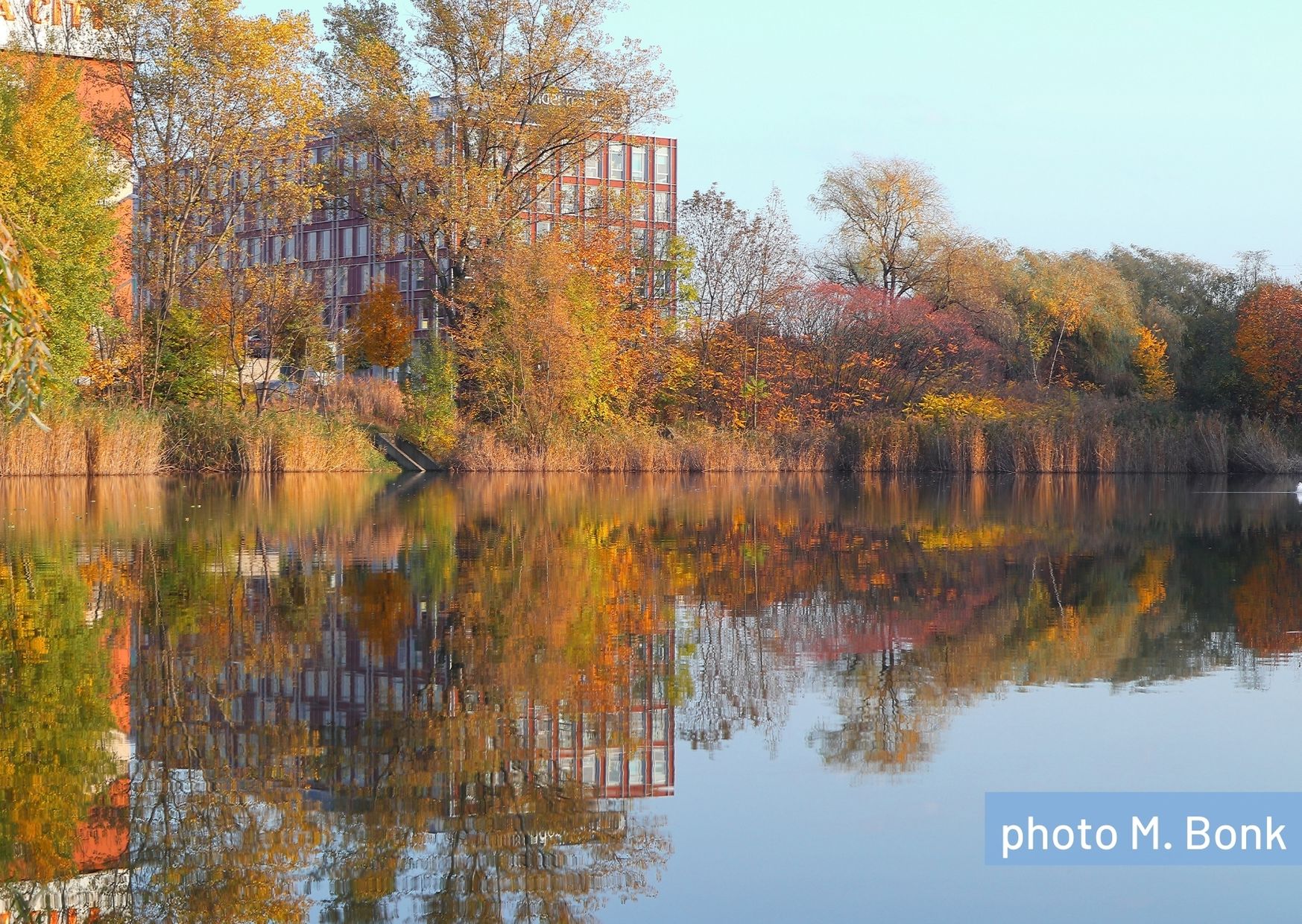 It seems that everybody saw ‘the pond’ at least once in our lifetimes… in gardens, parks, forests, agriculture area…. But do we know what is the pond definition? How we know that what we are looking at is a pond not a lake? Why the ponds are so important for biodiversity conservation?
It seems that everybody saw ‘the pond’ at least once in our lifetimes… in gardens, parks, forests, agriculture area…. But do we know what is the pond definition? How we know that what we are looking at is a pond not a lake? Why the ponds are so important for biodiversity conservation?
Interestingly, there is no one exact definition of the pond… Surely, they can be both natural and artificial waterbodies. For limnologists ponds are waterbodies in which the light penetrates to the bottom, or is shallow enough for rooted water plants to grow throughout. Another criterium is a lack wave activity in the shoreline. Those criteria are not so easy to record in many cases. Thus size criterium was proposed by many organisations, e.g. according to Ramsar Wetland Convention they should be smaller than 8 ha, for many biologists smaller than 5 ha. Another definition is given by British Freshwater Habitats Trust which says that pond is a waterbody of a surface area between 1 m2 and 2 ha and holds water for at least 4 months per year….
This discrepancy in defining this specific water body is surprising taking for account its great importance for  bioconservation. It is estimated that there are from 64 million to 3 bilion ponds or small lakes globally, which is at least 100 times more than the number of other freshwater lentic systems. The surface of ponds constitute up to 30% of all standing freshwaters. They are important components of urban, agricultural and forest landscapes, serving in many of them as only possible habitat to be utilised by freshwater species. What is more, they are occupied by a great number of rare and unique species not found in other freshwater habitats. However, the best known taxa inhabiting ponds are the ‘flagship groups’ as the amphibians, dragonflies and aquatic plants. On the other hand, ponds also serve, specifically the urban ones, as important reservoirs of alien and alien invasive species, which are recognised as one of the greatest threats to biodiversity.
bioconservation. It is estimated that there are from 64 million to 3 bilion ponds or small lakes globally, which is at least 100 times more than the number of other freshwater lentic systems. The surface of ponds constitute up to 30% of all standing freshwaters. They are important components of urban, agricultural and forest landscapes, serving in many of them as only possible habitat to be utilised by freshwater species. What is more, they are occupied by a great number of rare and unique species not found in other freshwater habitats. However, the best known taxa inhabiting ponds are the ‘flagship groups’ as the amphibians, dragonflies and aquatic plants. On the other hand, ponds also serve, specifically the urban ones, as important reservoirs of alien and alien invasive species, which are recognised as one of the greatest threats to biodiversity.
There are other threats that make the ponds one of the most vulnerable freshwaters, as they are highly impacted by urbanisation, pollution and climate change. As the ponds are not mentioned nor included in the Water Framework Directive there is still a lack of unified monitoring system on European scale. All of these result in the fact that our knowledge on the pond biological diversity is still very scarce.
Karolina Bącela-Spychalska, PhD



